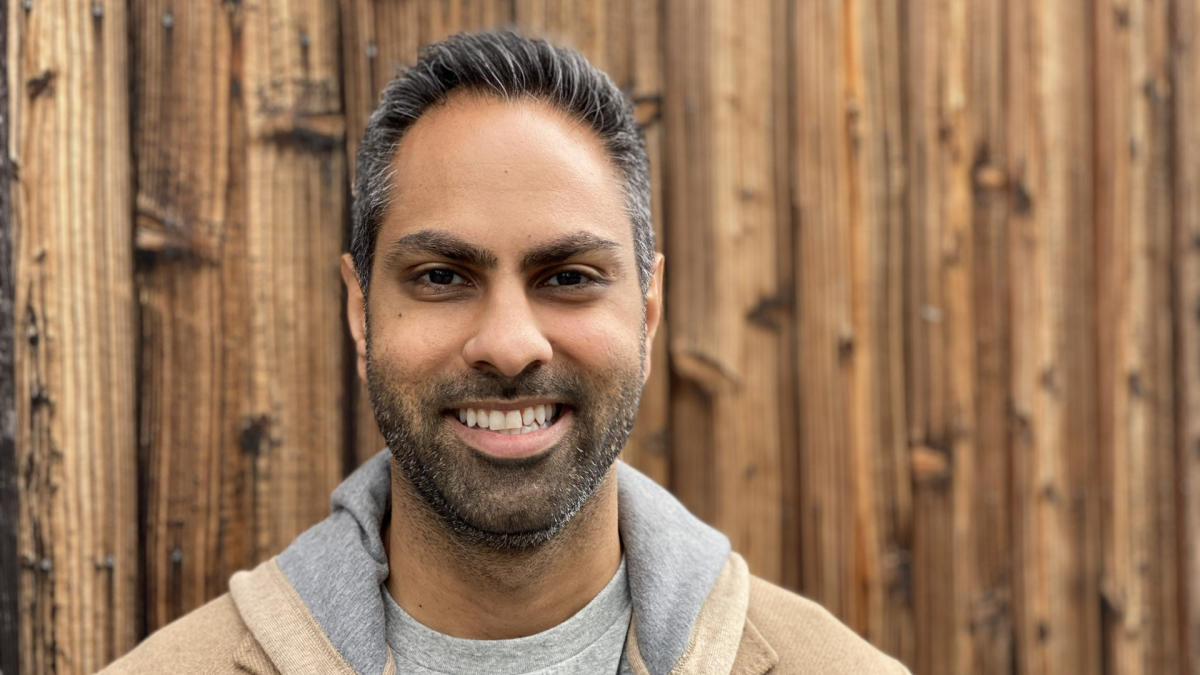A Gallup poll found that only 44% of Americans felt their financial situation was good or excellent in April 2025. That was the lowest percentage since April 2012.
Read Next: 3 Signs You’ve ‘Made It’ Financially, According to Financial Influencer Genesis Hinckley
For You: The New Retirement Problem Boomers Are Facing
Advertisement: High Yield Savings Offers
Powered by Money.com – Yahoo may earn commission from the links above.
According to personal finance expert Ramit Sethi, many people feel stuck when it comes to actually fixing their financial issues. This leaves them not making progress and feeling stressed and anxious.
In a YouTube video, Sethi outlined a clear eight-step process that can help you improve your finances by 80%. Here’s what you can start doing today.
“You need to prove to yourself that you can make a positive change, starting with setting a small achievable goal,” Sethi explained.
He recommended a $1,000 emergency fund as a good first step since it helps prevent future debt for unexpected expenses and will motivate you to keep working on your finances. To make good progress toward this goal, aim to put aside $100 to $200 per month. The Consumer Financial Protection Bureau suggested doing this via automatic transfers for consistency.
Check Out: I’m a Financial Advisor: My Wealthiest Clients All Do These 3 Things
Many people don’t know what’s happening with their money. Unfortunately, this makes change difficult since you might not know where the problem lies.
Sethi recommended taking these four steps to get a picture of your finances:
-
List all your financial accounts.
-
List your debt balances and their interest rates.
-
Determine your monthly gross and net income.
-
Identify your fixed monthly expenses, such as rent, insurance and food.
After doing this, focus on your total debt amount, which Sethi said may surprise you.
“If you pay the minimum on your high-interest debt, you are lighting money on fire every single month,” Sethi said.
For example, Discover’s credit card interest calculator showed that making a $250 minimum payment on a $10,000 credit card balance with a 25% APR would cost you over $12,000 in interest and take 89 months to pay off. That adds up to over $22,000 paid in total.
Sethi recommended the debt avalanche method for paying down your costliest debt first. Refer to your list of debts and find the one with the highest rate. Put as much cash as possible toward paying that balance off and pay the minimum for the others. Once the balance reaches zero, repeat the process with the next high-interest debt.
Sethi recommended looking for ways to cut expenses by going through each line of your last three months of statements. Make note of any forgotten expenses (like monthly subscriptions), impulse buys and small but frequent purchases.
Story Continues
According to Sethi, these wasteful expenses may add up to hundreds of dollars that could go toward meaningful goals, like paying off debt, building wealth and saving for emergencies. He also said eliminating them can help you feel more joyful and less stressed.
Sethi explained that simply saving money falls for building wealth since the money isn’t working effectively for you. Instead, focus on investing wisely.
Sethi first suggested contributing up to your employer’s match to your 401(k) since you’re guaranteed free money. Next, he recommended using a Roth IRA to make post-tax contributions and enjoy tax-free growth.
“If you invest $7,000 a year in a Roth IRA for 35 years and it grows at 7%, you’ll have over a million dollars waiting for you and because it’s in a Roth, you keep every dollar,” Sethi said.
He also suggested choosing target-date funds. Unlike individual stocks, these funds keep things simple and come with diversification and rebalancing built in.
Automating where your money goes will help you prioritize your goals and increase your chances of improving your finances.
Sethi recommended first setting up part of your pre-tax pay to go toward your 401(k). When you get your paycheck, cover your essential expenses and take a “pay-yourself-first” approach with the leftover money. This means automatically contributing to your Roth IRA and savings account before you splurge on nonessential expenses.
Also, Sethi advised against looking at your accounts too often since it hinders your focus.
You’ll eventually hit a roadblock finding more expenses to cut, so you’ll need to work on earning more income.
Sethi suggested trying to get a raise or starting a side gig leveraging your skills, like tutoring or copywriting. Finding a better-paying full-time job is another option.
“For a lot of us, money is not just about the numbers — it’s a psychological battle,” Sethi said.
The right mindset plays an important role in changing your money habits and improving your finances. How you think about money can sometimes lead to self-sabotage.
Sethi recommended avoiding a scarcity mindset due to fear or past experiences and instead believing that you can really make changes. He also said to remember that financial success doesn’t happen overnight; be patient and consistent to see those bigger wins over time.
More From GOBankingRates
Sources
This article originally appeared on GOBankingRates.com: 8 Steps To Improve Your Finances by 80%, According to Ramit Sethi
